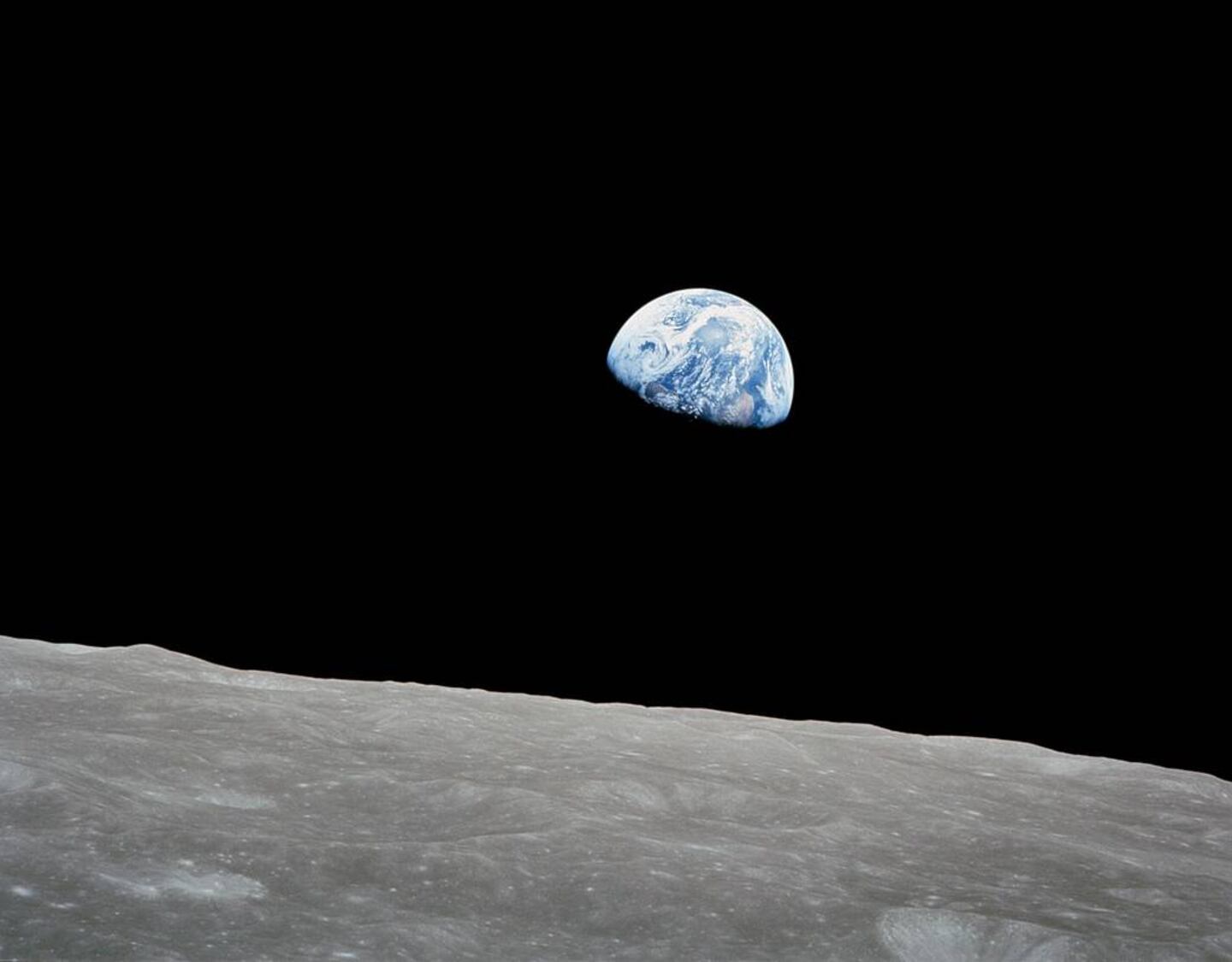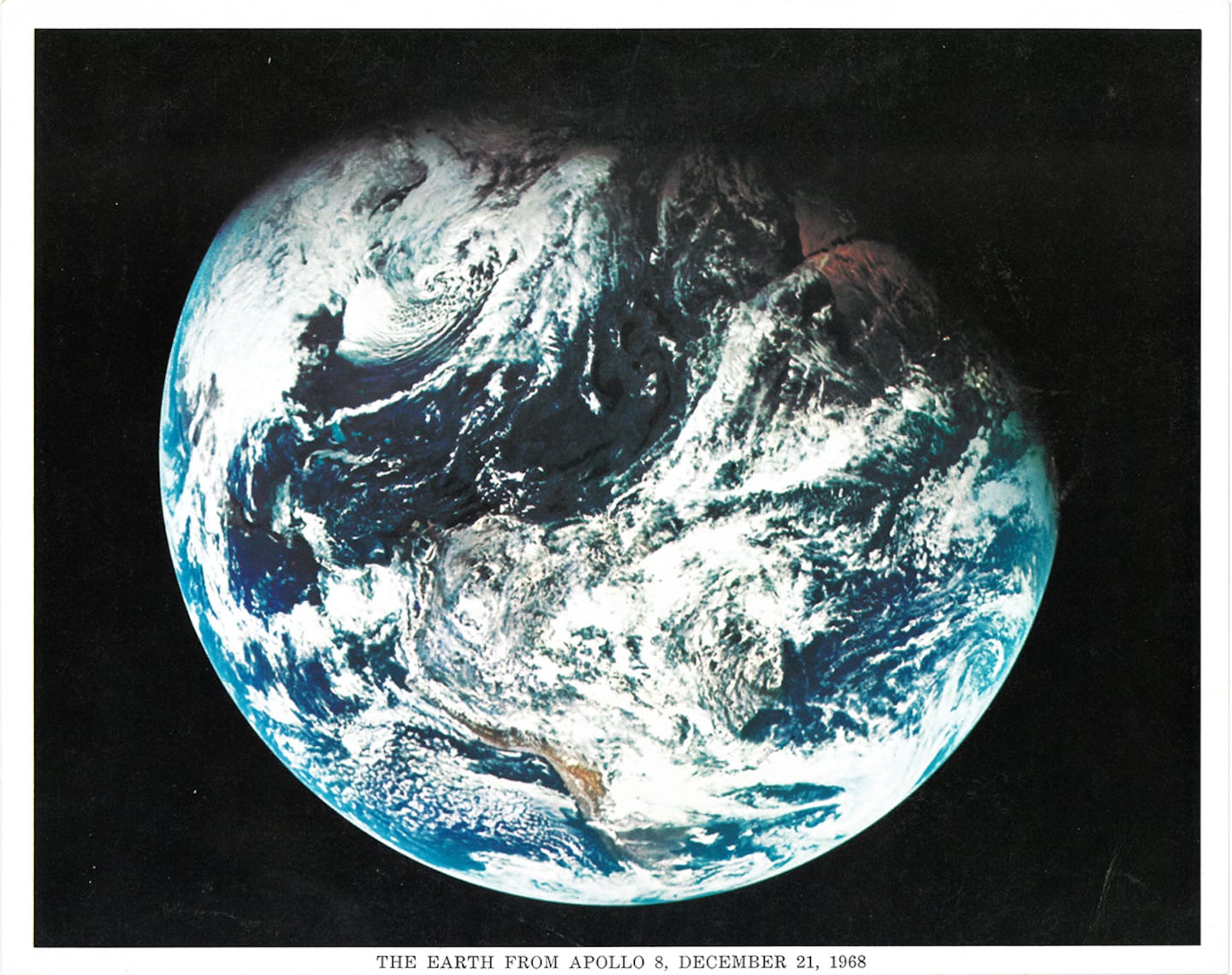Apollo 8 astronaut William Anders was on board the plane that crashed near Orcas Island Friday, family told KIRO 7 News.
Anders died in the crash, his son, retired Air Force Lt. Col, Greg Anders, told the Associated Press.
Friday afternoon, the Coast Guard said a plane crash happened between Orcas Island and Jones Island. Late Friday night, the Coast Guard confirmed that they had ended their search as the pilot’s body had been recovered by the Washington Department of Fish and Wildlife dive team.
According to a video from the incident, Anders may have been attempting a loop in a Beechcraft T-34 when the plane hit the water.
Anders, a former United States Air Force major general, is best known for being one of the first three people to travel to the moon, circumnavigating it ten times and returning to Earth.
Anders also took one of the most famous photographs in the history of the planet, known as Earthrise.
Born Oct. 17, 1933, in Hong Kong, Anders was the pilot for Apollo 8. With astronauts Frank Borman and Lovell, Anders received a call in mid-August of 1968 telling them to cancel their holiday plans, as they were going to the Moon.
On Dec. 21, 1968, a Saturn V rocket launched from Cape Kennedy with the three astronauts on board.
For the first time, humans were on board a 36-story tall rocket, filled with 1 million gallons of fuel, and launched into space. The 7.6 million pounds of thrust would take them through the atmosphere and they would become the first humans to be taken beyond Earth’s orbit.
On Sunday, Dec. 22, about halfway to the moon, Frank Borman told Mission Control, “It’s a beautiful, beautiful view.”
69 hours after launch, the crew had reached the far side of the Moon. They burned their engines to slow their ship down so it could be captured by the Moon’s gravitational pull.
For the first time in human history, human beings were able to see the other side of the Moon.
On Christmas Eve, they filmed the surface of the Moon from onboard Apollo 8, broadcasting the footage on televisions around the world.
“The vastness up here of the Moon is awe-inspiring. It makes you realize just what you have back there on Earth. The Earth from here is a grand oasis in the blackness of space.” Lovell said.
As the Earth rose up over the lunar horizon, Anders took his photo, known as Earthrise.
On Christmas morning, after nine-and-a-half lunar orbits, the crew fired their engines to propel them out of orbit and to begin their flight home.
They splashed down Dec. 27 in the Pacific Ocean, where the Navy plucked them aboard the USS Yorktown.
Shortly after returning to land, President Lyndon Johnson called to congratulate them on their efforts.
“You’ve seen what man has really never seen before. You’ve taken us, taken all of us all over the world, into a new era,” Johnson said.
©2024 Cox Media Group











